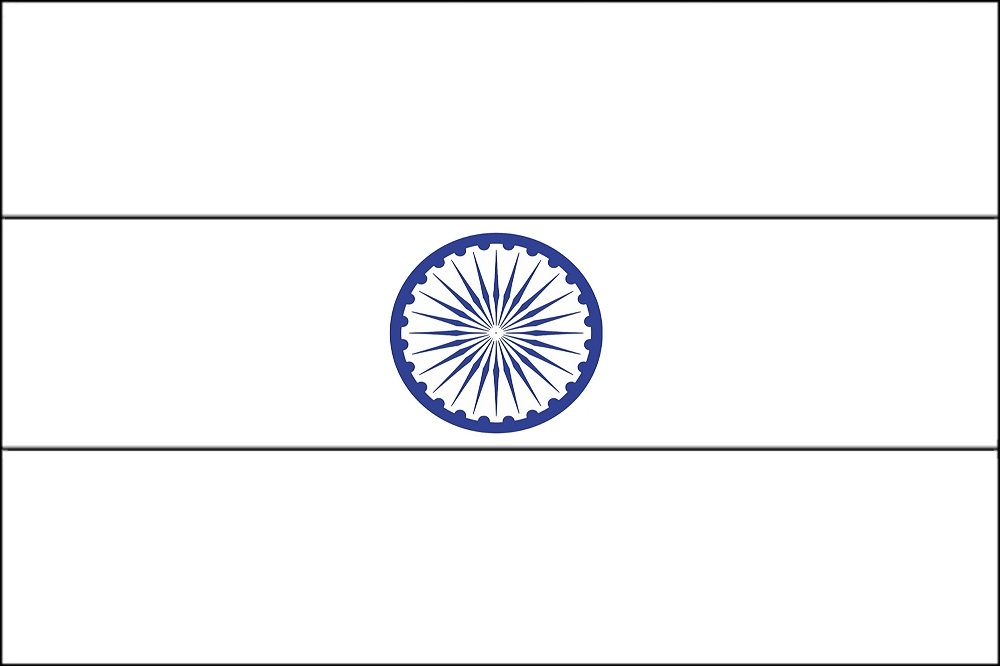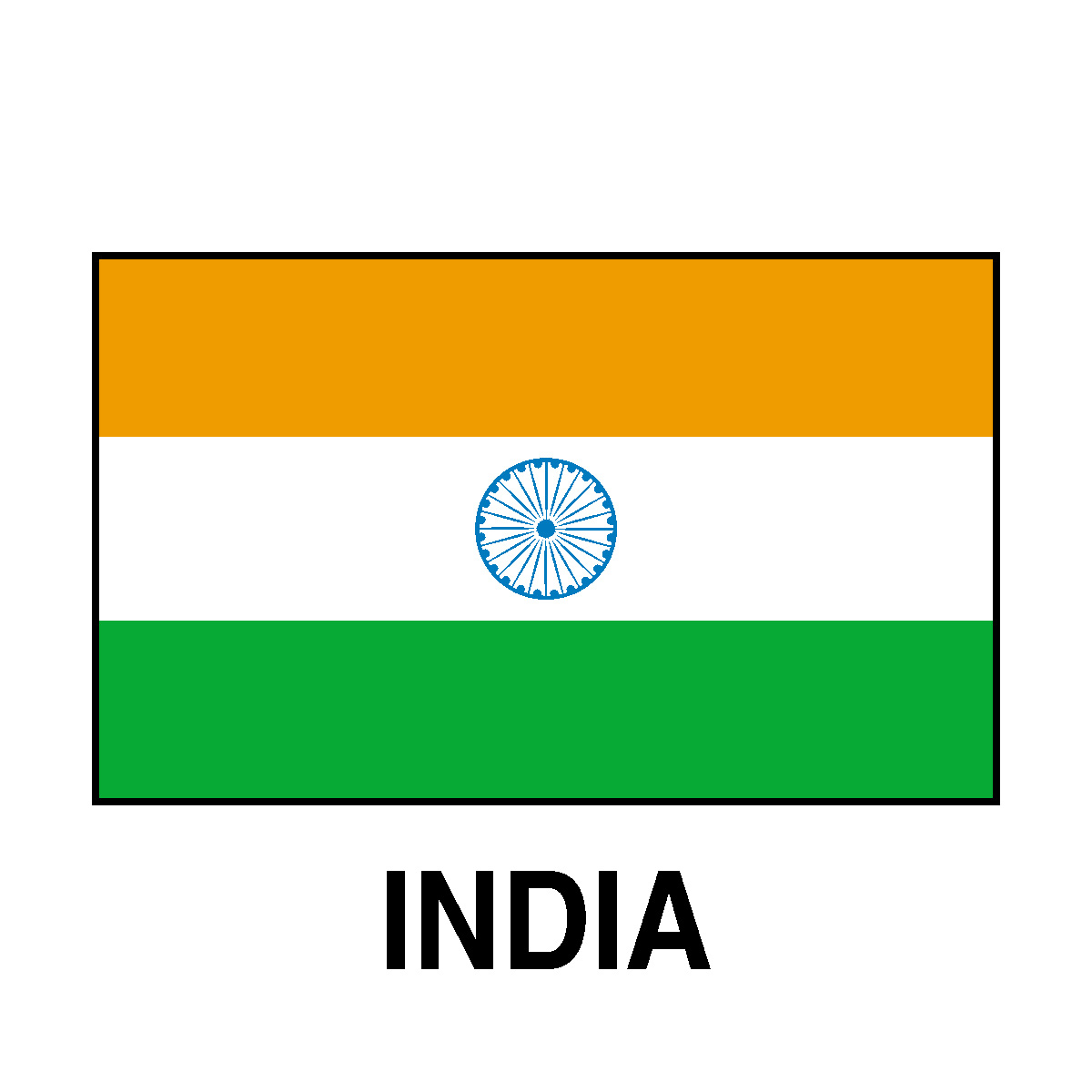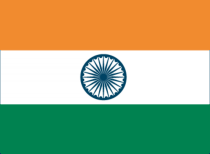In today’s post, we want to celebrate India and its beautiful flag. The Indian flag, also known as the tricolor or Tiranga, holds great significance for the people of India. Let’s dive into the meaning, history, and importance of the Indian flag.
The Design and Symbolism
The Indian flag features three horizontal bands of equal width. The top band is saffron, representing courage and sacrifice. The middle band is white, signifying truth, peace, and purity. The bottom band is green, symbolizing fertility, growth, and auspiciousness. In the center of the white band, there is a navy blue Ashoka Chakra, a 24-spoked wheel representing righteousness, progress, and movement.
 Meaning and Significance
Meaning and Significance
The colors and symbols of the Indian flag hold deep meaning and significance. Saffron represents the Hindu majority, white represents the peaceful coexistence of all religions in India, and green represents the Muslim minority. The Ashoka Chakra represents unity, progress, and the eternal wheel of law.
 History and Evolution
History and Evolution
The concept of a national flag for India had been discussed since the late 19th century. The current design was adopted on July 22, 1947, shortly before India gained independence from British rule. The flag was designed by Pingali Venkayya and was first hoisted on August 15, 1947, when India became an independent nation.
 Initially, the flag had a spinning wheel in place of the Ashoka Chakra. However, in 1950, the spinning wheel was replaced by the Ashoka Chakra to emphasize India’s commitment to peace and progress.
Initially, the flag had a spinning wheel in place of the Ashoka Chakra. However, in 1950, the spinning wheel was replaced by the Ashoka Chakra to emphasize India’s commitment to peace and progress.
 Celebrating with Colors
Celebrating with Colors
The Indian flag is not just a symbol; it is also a source of pride and a way to celebrate various national holidays and events. People across the country proudly display the tricolor on Independence Day, Republic Day, and other patriotic occasions.
 Respecting the Flag
Respecting the Flag
The Indian flag holds immense significance, and there are guidelines and regulations to be followed when handling and displaying it. The Flag Code of India, also known as the “Flag Code of India, 2002,” provides detailed instructions on how to hoist, display, and fold the flag, along with rules for its use on vehicles and in public events.
 Conclusion
Conclusion
The Indian flag represents the rich history, cultural diversity, and unity of the nation. It is a symbol that unites millions of people and instills a sense of patriotism. The design and colors carry a profound meaning that reflects the values and aspirations of the Indian people. Let us all cherish and respect the Indian flag, celebrating the spirit of India every day.
